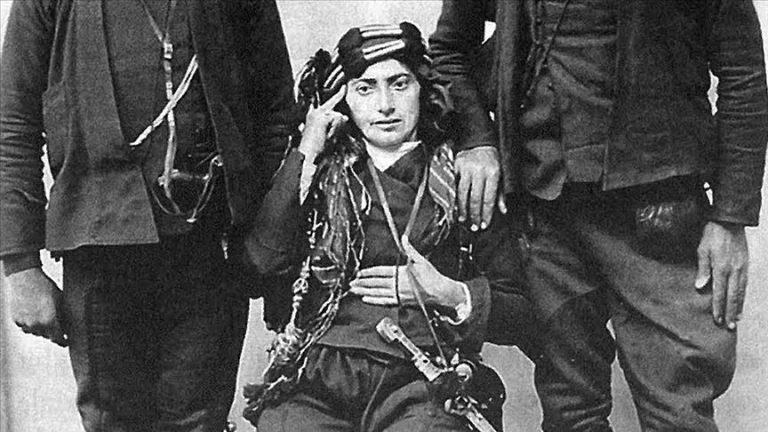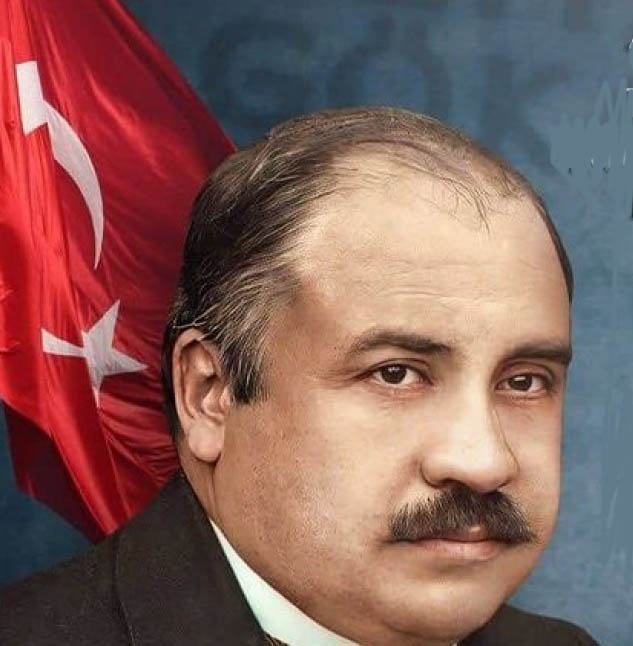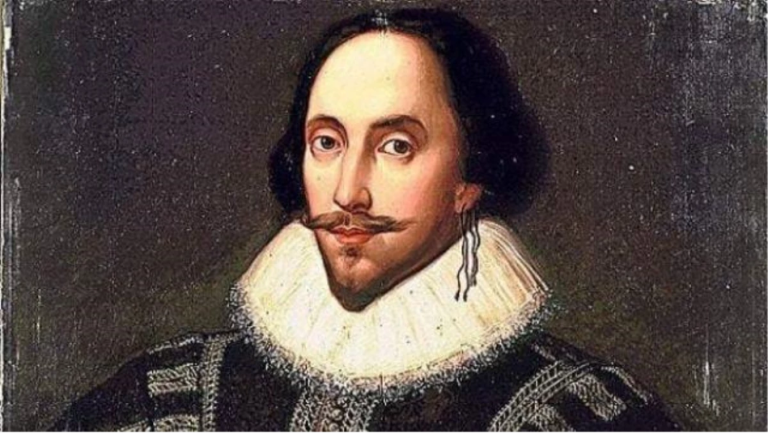The Turkish War of Independence (1919-1923) was a pivotal conflict in which Turkish nationalists, led by Mustafa Kemal Atatürk, sought to overthrow occupying Allied forces and abolish the Ottoman Empire. This struggle culminated in the establishment of the Republic of Turkey, a momentous shift from imperial rule to a modern nation-state.
Following World War I, the Ottoman Empire faced disintegration, its territories divided under the Treaty of Sèvres in 1920. The treaty imposed severe territorial losses and economic restrictions, sparking outrage among Turkish nationalists. Mustafa Kemal Atatürk emerged as a central figure in the resistance, rallying support across Anatolia to challenge foreign occupation and the sultan’s authority.
The conflict began with local resistance movements in Anatolia, gradually coalescing into a cohesive nationalist campaign. The Turkish National Movement’s first significant victory was the successful defense of Anatolia against Greek forces in the Battle of Sakarya in 1921. This battle proved crucial in consolidating nationalist control and shifting the momentum in favor of the Turkish forces.
Diplomatic efforts were equally vital. The Treaty of Lausanne, signed in 1923, nullified the Treaty of Sèvres, recognizing the sovereignty of the newly formed Turkish state. This treaty marked the international acceptance of Turkey’s borders and sovereignty, laying the groundwork for a secular, national republic.
Atatürk’s leadership was instrumental in the war’s success. He implemented reforms to modernize and secularize Turkey, replacing the Ottoman sultanate with a democratic government structure. His vision transformed Turkey into a nation-state grounded in principles of sovereignty, nationalism, and modernization.
The Turkish War of Independence not only redefined Turkey’s national identity but also set a precedent for anti-colonial movements worldwide. It remains a testament to the power of determined leadership and national unity in the face of overwhelming odds.
Test 6
1. What was the primary objective of the Turkish War of Independence?
A) To expand the Ottoman Empire
B) To establish a communist state
C) To overthrow occupying Allied forces and abolish the Ottoman Empire
D) To form a religious state
2. Which treaty imposed severe territorial losses on the Ottoman Empire, sparking the
Turkish War of Independence?
A) Treaty of Versailles
B) Treaty of Trianon
C) Treaty of Sèvres
D) Treaty of Lausanne
3. Who emerged as the central figure leading the Turkish National Movement during the
war?
A) Sultan Mehmed VI
B) Mustafa Kemal Atatürk
C) Enver Pasha
D) Ismet Inönü
4. Which battle in 1921 was crucial in consolidating nationalist control and shifting
momentum in favor of Turkish forces?
A) Battle of Gallipoli
B) Battle of Sakarya
C) Battle of Dumlupınar
D) Battle of Çanakkale
5. What did the Treaty of Lausanne, signed in 1923, achieve?
A) It expanded the Ottoman Empire’s territories
B) It nullified the Treaty of Sèvres and recognized the sovereignty of the Turkish state
C) It imposed economic sanctions on Turkey
D) It divided Anatolia among Allied power
6. What significant transformation did Mustafa Kemal Atatürk implement in Turkey
following the war?
A) He re-established the Ottoman sultanate
B) He formed a communist government
C) He modernized and secularized Turkey, establishing a democratic government structure
D) He increased the power of religious institutions










